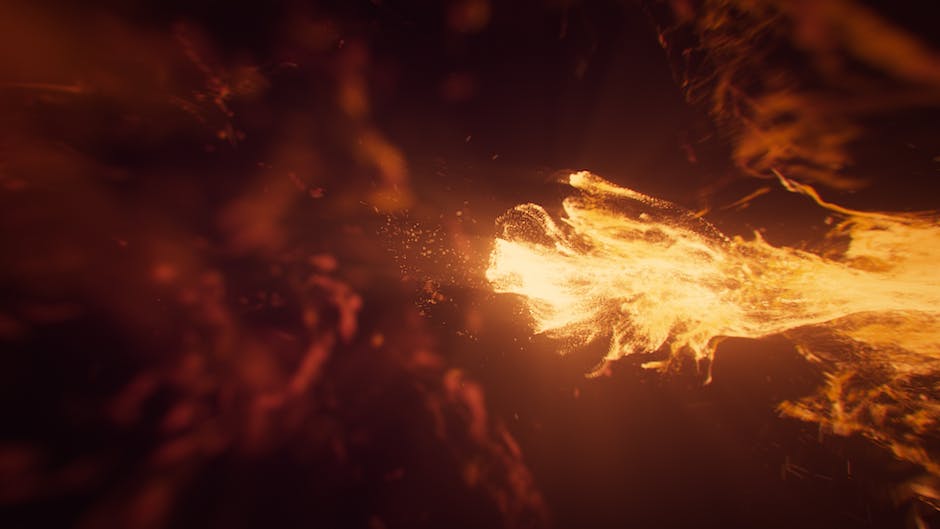Unlocking the Power of Visual Realism in 3D Rendering is an in-depth exploration of the techniques and technologies used to create hyper-realistic images in three-dimensional digital environments. It delves into the intricate processes involved in 3D rendering, from modeling and texturing to lighting and shading. The focus is on how these elements can be manipulated to produce visually stunning and lifelike representations. This topic is particularly relevant in today’s digital age, where 3D rendering plays a crucial role in various industries such as gaming, animation, architecture, and virtual reality.
Unlocking the Power of Visual Realism in 3D Rendering: A Comprehensive Guide

Unlocking the power of visual realism in 3D rendering is a fascinating journey that can transform the way we perceive and interact with digital content. This comprehensive guide will take you through the intricacies of this process, shedding light on the techniques and technologies that make it possible.
The world of 3D rendering is a realm where art meets technology, where creativity intertwines with complex algorithms to create stunning visuals that are almost indistinguishable from reality. The key to achieving this level of realism lies in understanding the principles of light, color, texture, and perspective, and how they interact in the real world.
Light is the fundamental element that defines how we perceive the world around us. In 3D rendering, the manipulation of light and shadows plays a crucial role in creating a sense of depth and dimension. By accurately simulating the way light bounces off surfaces, refracts through transparent objects, and scatters in the atmosphere, 3D artists can create scenes that look incredibly lifelike.
Color, on the other hand, is what gives life to these scenes. The careful selection and application of color can evoke specific emotions, set the mood of a scene, and even tell a story. In 3D rendering, color is controlled through materials and textures, which define how surfaces react to light. By using high-resolution textures and advanced shading techniques, artists can reproduce the intricate details of real-world materials, from the roughness of concrete to the glossiness of polished metal.
Texture mapping is another essential technique in 3D rendering. It involves applying 2D images to 3D models to create detailed surfaces. This process can be used to add realism to a scene by introducing imperfections and variations that are characteristic of real-world objects. For instance, a perfectly smooth and uniformly colored wall may look artificial, but adding a texture map with subtle variations in color and roughness can make it look much more realistic.
Perspective is the final piece of the puzzle. It’s what gives a 3D scene its sense of scale and spatial relationships. By using the right camera angles and focal lengths, artists can create convincing illusions of depth and distance. Moreover, the use of depth of field – the blurring of objects that are not in focus – can add an extra layer of realism to a scene.
However, achieving visual realism in 3D rendering is not just about mastering these techniques. It’s also about understanding the limitations of the human eye and the psychology of perception. For instance, our eyes are more sensitive to certain colors and less sensitive to fine details in low light conditions. By taking these factors into account, artists can create images that not only look realistic but also feel real to the viewer.
In conclusion, unlocking the power of visual realism in 3D rendering is a complex process that requires a deep understanding of both art and technology. It’s about recreating the subtleties of the real world in a digital format, and doing so in a way that resonates with the human perception. With the right tools and techniques, artists can create 3D renderings that are so realistic, they blur the line between virtual and reality.